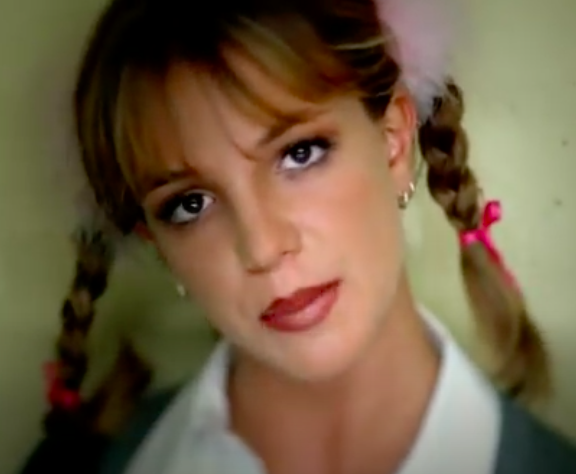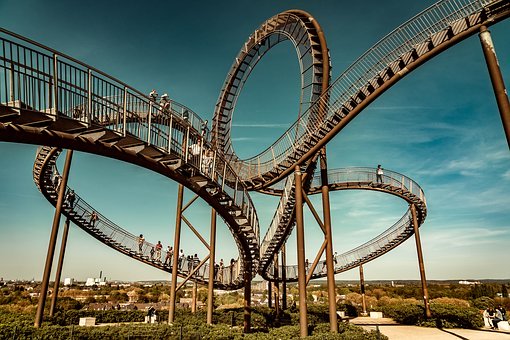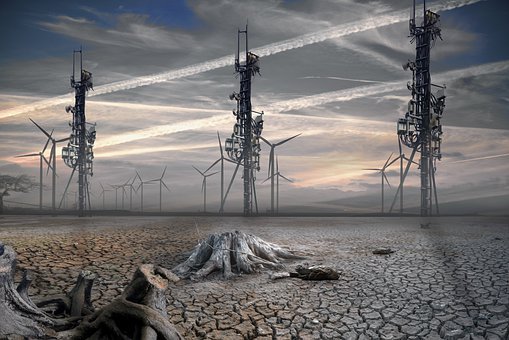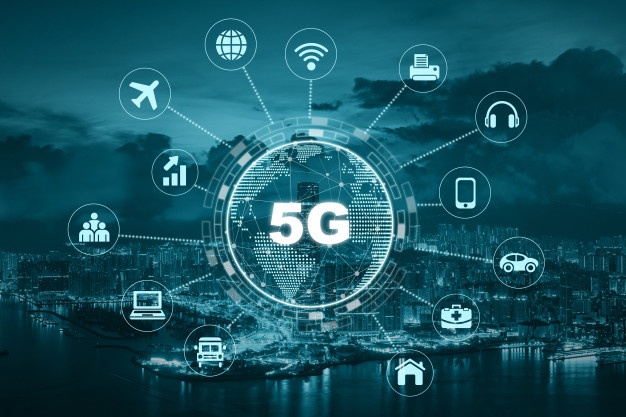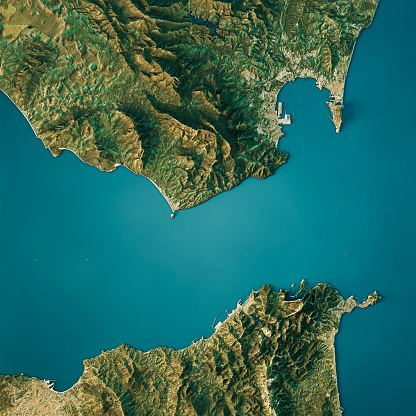
Sometimes, mother nature just fascinates us. Water is, of course, a simple source of life. Yet, oceans are some of the most undiscovered part of the world. if you ever had the chance to see two oceans meet, then you must’ve asked this question: Why do oceans meet but not mix? Here is a simple answer to you, based on what scientific research says.
This Strange Phenomenon Is Scientifically Explained
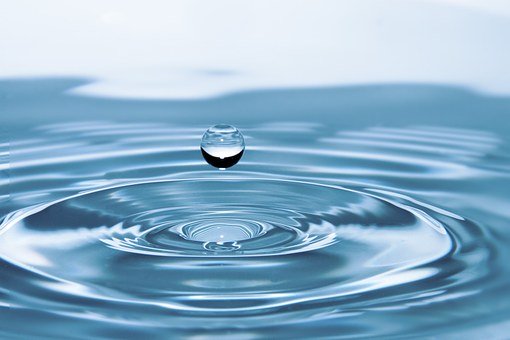
Long story short: It’s all about the water density. In fact, when two oceans meet but do not mix, it’s mostly because of the difference of water. According to professor Ken Bruland, ‘‘ the difference in water density, temperature and salinity of the glacial melt water and off shore waters, making it difficult to mix. Moreover, he organized a study cruise in the gulf of Alaska with his University of California-Santa Cruz students to analyze this strange phenomenon.
The Atlantic Meeting The Pacific
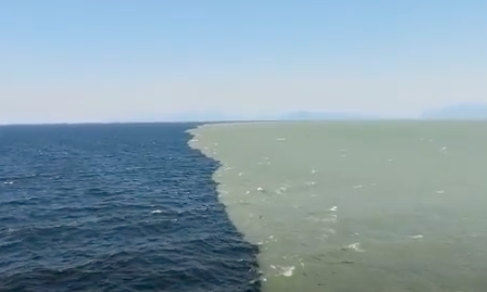
During the cruise, and as the photo displays, the Atlantic and Pacific oceans do meet, but do not mix naturally. The melted glacier which is heavy in the zone, carries with it heavy clay and sediment, which eventually becomes iron. Once the oceans meet, the density is so different that causes them to stay separated.
Furthermore, this natural phenomenon occurs in all meeting points between oceans, regardless of the nature of their waters.
Mediterranean Sea And The Atlantic Ocean
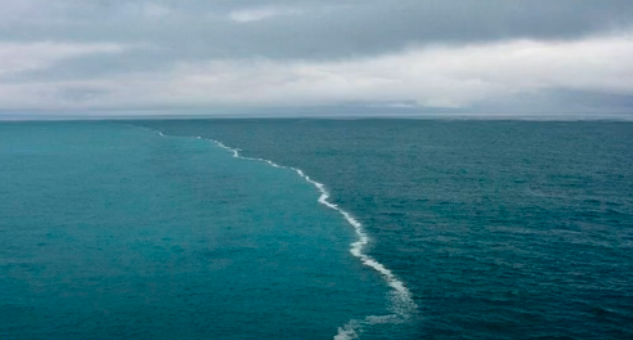
That being said, the strait of gibraltar also witnesses a crossing point. in fact, connecting not only two ”oceans”, but also two continents. The passage from Europe to Africa and vice-versa, has a specific area where you can see the Mediterranean Sea and the Atlantic meeting, but each conserves its side.
However, when seen from space, it seems that the two do mix. According to Live Science, this occurs mainly as ‘‘two currents are formed in the strait. An upper layer of Atlantic water flows eastward into the sea over a lower layer of saltier and heavier Mediterranean water flowing westward into the ocean, known as the Mediterranean Outflow water.”
Photos: Youtube, Pixabay.

